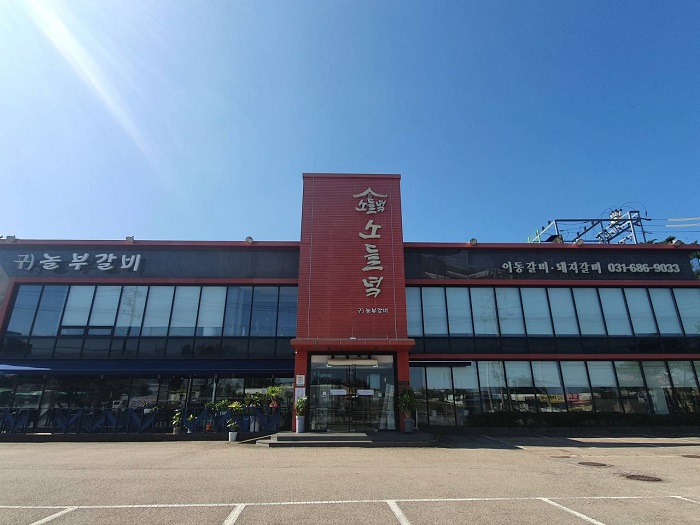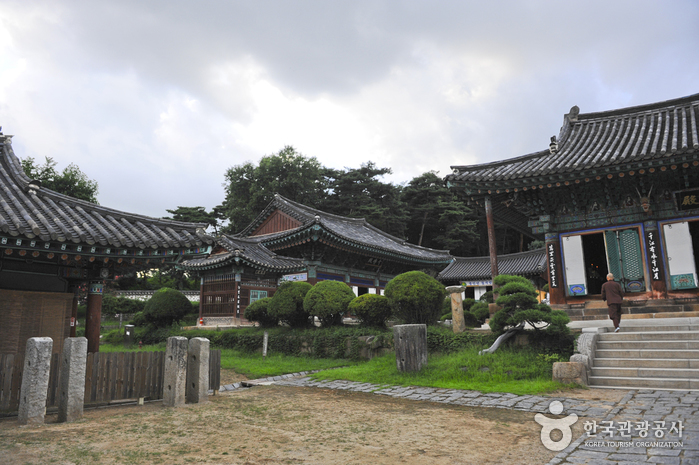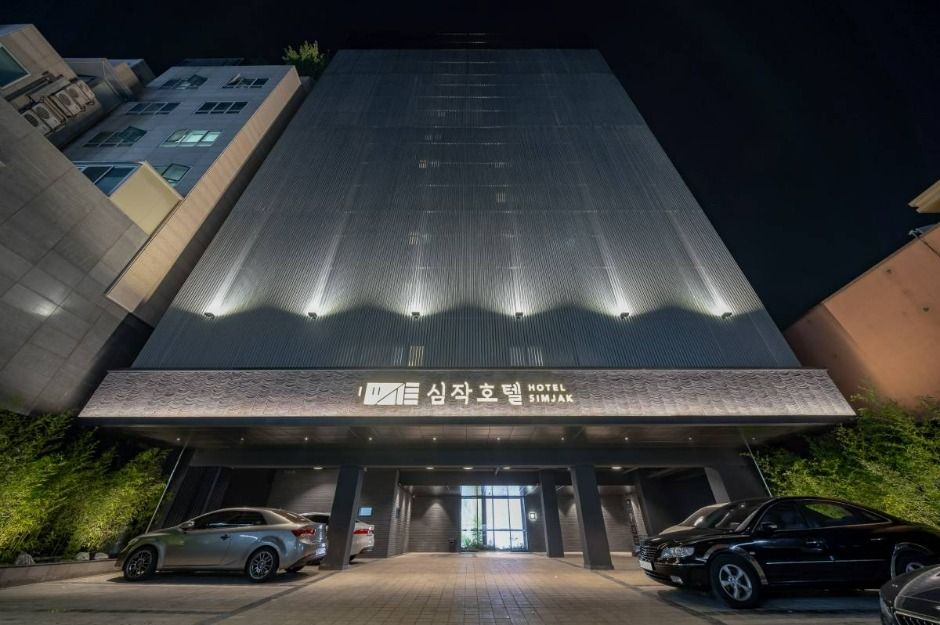Olive Young - Dongtan Neungdong Branch [Tax Refund Shop] (올리브영 동탄능동점)
17.3Km 2024-06-27
1F, 201, Dongtanjiseong-ro, Hwaseong-si, Gyeonggi-do
-
Lotte Himart - Byeongjeom Branch [Tax Refund Shop] (롯데하이마트 병점점)
17.3Km 2024-04-22
991, Hyohaeng-ro, Hwaseong-si, Gyeonggi-do
-
Olive Young - Dongtan Yeongcheon Branch [Tax Refund Shop] (올리브영 동탄영천점)
17.4Km 2024-06-26
#101, and #102, 686, Dongtansunhwan-daero, Hwaseong-si, Gyeonggi-do
-
NOLBOO GARDEN (놀부갈비)
17.5Km 2021-03-23
7, Poseunghyangnam-ro, Pyeongtaek-si, Gyeonggi-do
+82-31-686-9033
It is a place where you can taste Korean BBQ. This restaurant's signature menu is rib eye roll. This Korean dishes restaurant is located in Pyeongtaek-si, Gyeonggi-do.
Simone (시모네)
17.6Km 2024-02-08
31 Jangsu-gil, Hyeondeok-myeon, Pyeongtaek-si, Gyeonggi-do
Simone is renowned for its egg tarts, boasting both an exterior and interior adorned in yellow. Its warm ambiance is enhanced by charming, visually appealing plating. The menu highlights a selection of egg tarts, including classic, green onion cream, corn, and chocolate varieties, all served with ample toppings. Their coffee, enriched with soft cream and corn, pairs wonderfully with the egg tarts.
Olive Young - Hwaseong Byeongjeom Branch [Tax Refund Shop] (올리브영 화성병점)
17.6Km 2024-04-18
1059, Hyohaeng-ro, Hwaseong-si, Gyeonggi-do
-
E-Mart - Dongtan Branch [Tax Refund Shop] (이마트 동탄)
17.7Km 2024-04-22
376, Dongtanjungang-ro, Hwaseong-si, Gyeonggi-do
-
Hwaseong Yongjusa Temple (용주사(화성))
17.8Km 2021-12-21
136, Yongju-ro, Hwaseong-si, Gyeonggi-do
+82-31-234-0040
Yongjusa Temple is located near Yungneung and Geolleung Royal Tombs. This site was originally the location of Garyangsa Temple, which was constructed in 854, during the 16th year of King Munseong of the Silla Kingdom. The temple was very famous as it was surrounded by beautiful mountains and crystal clear waters. However, the temple was destroyed by fire during the Manchu War of 1636.
During the Joseon dynasty, King Jeongjo moved the tomb of his father to this spot, and built Yongjusa Temple here to pray for the repose of his father’s soul. It is said that one night before the temple was completed, King Jeongjo dreamt of a dragon ascending to the sky holding a magic ball in its mouth. He therefore named the temple “Yongjusa,” which means the temple of a dragon with a magic ball in Korean.
The courtyard of the temple contains the Bronze Bell of Yongjusa Temple, a National Treasure; a stone pagoda; Daeungbojeon (the main hall); and Cheonboru Pavilion. Visitors to Yongjusa Temple can also find the “Bumoeunjunggyeong” books, which were written by King Jeongjo on the subject of filial affection and respect for one’s parents. These days, Yongjusa Temple and the Yungneung and Geolleung Royal Tombs are highly valued for their cultural heritage.
CU - Nam Seoul University Student Union Hall Branch [Tax Refund Shop] (cu남서울대학생회관점)
18.0Km 2024-06-26
B1F, 91, Daehak-ro, Seonghwan-eup, Seobuk-gu, Cheonan-si, Chungcheongnam-do
-
Simjak Hotel Dongtan (더휴식 심작호텔 동탄점)
18.1Km 2025-05-02
31-15 Keunjaebong-gil, Hwaseong-si, Gyeonggi-do
Simjak Hotel Dongtan is a self-check-in hotel for those who seek ultimate rejuvenation for their soul and body. The hotel's name "Simjak" means "to build a mind," and is often mentioned in the historical records that date back to the Goryeo dynasty. The hotel offers a variety of rooms dedicated to relieving stress and providing entertainment.

![Lotte Himart - Byeongjeom Branch [Tax Refund Shop] (롯데하이마트 병점점)](http://tong.visitkorea.or.kr/cms/resource/71/2882371_image2_1.jpg)

![Olive Young - Hwaseong Byeongjeom Branch [Tax Refund Shop] (올리브영 화성병점)](http://tong.visitkorea.or.kr/cms/resource/68/2882368_image2_1.jpg)
![E-Mart - Dongtan Branch [Tax Refund Shop] (이마트 동탄)](http://tong.visitkorea.or.kr/cms/resource/81/2882381_image2_1.jpg)


 English
English
 한국어
한국어 日本語
日本語 中文(简体)
中文(简体) Deutsch
Deutsch Français
Français Español
Español Русский
Русский